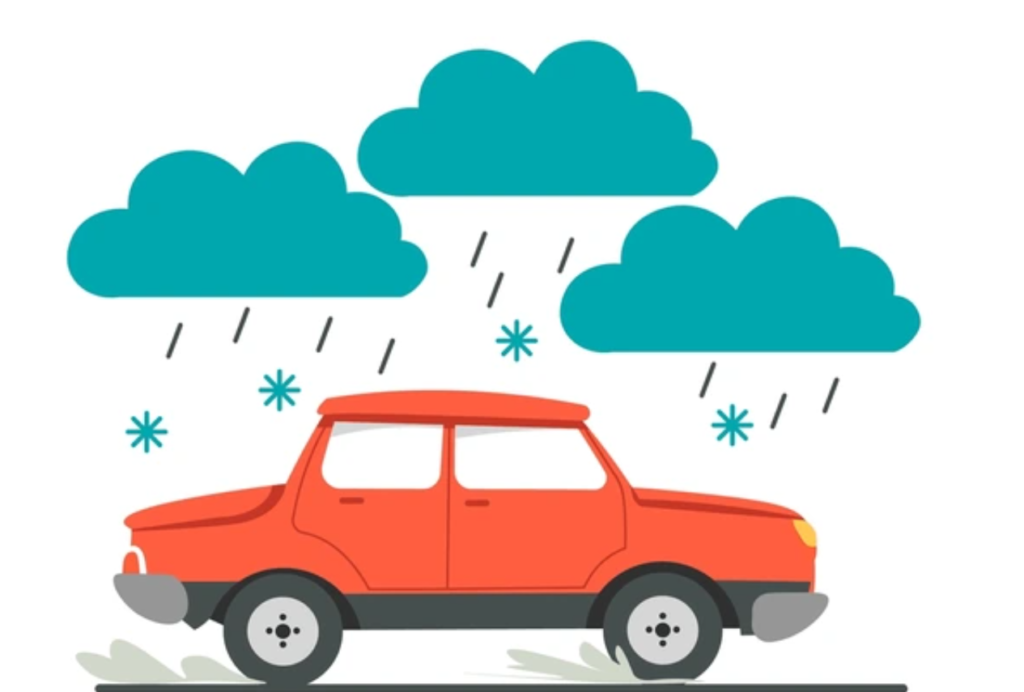Hitting the open road can be exhilarating, but encountering different weather conditions can quickly turn it into a white-knuckled experience. However, with the right knowledge and preparation, you can navigate any weather and arrive at your destination safely. Here are some essential tips for driving in various weather conditions:
Rain:
- Slow down: Rain significantly reduces traction, increasing stopping distances. Reduce your speed to allow more time to react to potential hazards.
- Turn on your headlights: Even during daylight rain, headlights improve your visibility and make you more visible to other drivers.
- Use your wipers: Adjust your wiper speed to match the intensity of the rain.
- Avoid puddles: Large puddles can hide potholes or other road hazards.
- Beware of hydroplaning: This occurs when your tires lose contact with the road due to a layer of water. If you feel your car hydroplaning, take your foot off the gas and steer gently until you regain traction.
Snow:
- Winter tires: Invest in snow tires for improved traction and handling in icy and snowy conditions.
- Clear your car: Remove all snow and ice from your car’s windows, headlights, and taillights before driving.
- Slow down: Drive slowly and leave plenty of space between your car and the one in front of you.
- Be gentle with the controls: Avoid sudden braking and acceleration, which can cause you to skid.
- Use your low beams: High beams reflect off the snow and can reduce visibility.
Fog:
- Slow down: Visibility is significantly reduced in fog, so adjust your speed accordingly.
- Turn on your low beams and fog lights: These lights will help you see the road ahead and make you more visible to other drivers.
- Use your windshield wipers: Fog can condense on your windshield, making it harder to see.
- Avoid using cruise control: You need to be more alert and in control of your speed in foggy conditions.
- Stay in your lane: Avoid changing lanes unless absolutely necessary, as it increases the risk of collision.
Wind:
- Hold the steering wheel firmly: Strong winds can push your car off course, so be prepared to adjust your steering accordingly.
- Be extra cautious when passing large vehicles: Trucks and buses can be affected more by wind, so be sure to give them plenty of space when passing.
- Avoid sudden maneuvers: Avoid sudden changes in speed or direction, as this can make your car more susceptible to being blown around by the wind.
- Be aware of your surroundings: Pay attention to fallen branches, debris, and other objects that could be blown onto the road.
Additional Tips:
- Always wear your seat belt: This is the most important safety precaution you can take, regardless of the weather.
- Be aware of your surroundings: Pay attention to road signs, traffic signals, and other drivers.
- Avoid distractions: Put your phone away and focus on the road.
- Get your car serviced regularly: Regular maintenance ensures your car is in good condition and can handle different weather conditions.
- Plan your trip: Check weather forecasts and traffic conditions before you leave.
Remember, it’s always better to arrive late than not at all. By following these tips and practicing safe driving habits, you can navigate any weather condition with confidence and reach your destination safely.


